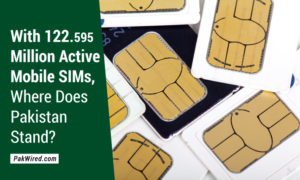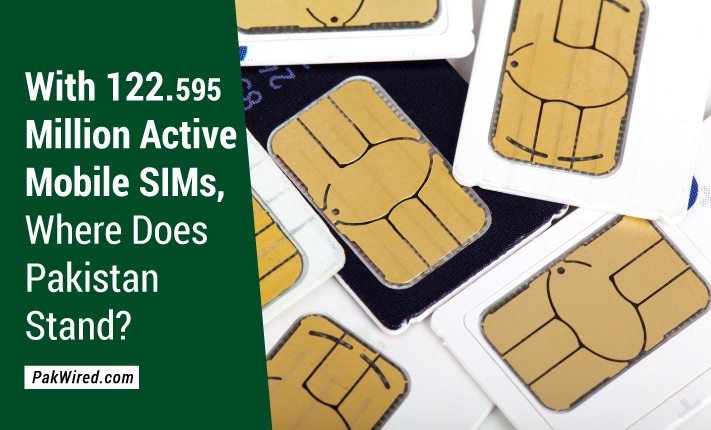The Pakistan Telecommunication Authority (PTA) recently released figures that augur good news for anyone interested in the economy remotely related to ICT. As of now, 122.595 million active SIMs function in the country. Between September and October this year, 1.6 million Pakistanis joined the network, signalling incredibly fast growth of mobile adoption. The hard statistic is the product of the Biometric Verification System. Though to put this statistic in fair context, tele-density in Pakistan decreased as mobile operators saw a lost of 25 million subscribers by June 2015 (from FY2014) when BVS was put into force. A good part of the increase in SIM subscriptions could be mobile operators recovering their users.
As per PTA, Mobilink reached 6.043 million 3G users, recording the most growth, followed by 3.773 million Ufone users, 4.088 million Zong users and 5.768 million Telenor users by October 15, 2015.
In and of itself, the figure is still a step in the right direction. Pakistan is home to almost or more than 200 million people, which means mobile penetration has reached more than half the country. It still lags behind its neighbours where the market is steadily moving towards saturation. India already has more than 900 million subscribers, Afghanistan has reached 80 per cent penetration and China, 92 per cent. What is common between Afghanistan, Pakistan and India is that mobile broadband penetration, largely due to the growth of cheap smartphones and carriers, has been increasing far more aggressively than fixed-broadband penetration. In a population that exceeds one billion, India has a little more than 16 million fixed-broadband users (it has some 100 million mobile broadband users.) Incredibly expensive connections and corporate monopolies have restricted growth to hyper-urban cities. Out of 30 million people, only 3 million have access to any broadband at all in Afghanistan. With Pakistan, the penetration is less than 2 per cent as of 2015. There is a tendency in each of these countries for mobile economy, which is consumer-driven, to overwhelm fixed-broadband economy, which is creator-driven.
With all these statistics, it should be duly noted that Pakistan, due to sheer incompetence, has a tendency to constantly send obsolete or incomplete data to international organisations that regularly monitor mobile and fixed broadband penetration statistics. For instance, the country now has 20.075 million 3G/4G users, which translates to 10 per cent penetration, yet data recorded by the Broadband Commission (United Nation ITU, UNESCO) shows only 5.1 per cent penetration. This notorious tendency of the Pakistani government for lazy data analysis and record keeping means we almost never have accurate figures to ascertain where Pakistan stands in any industry, and, by extension, where it needs maximum stimulation.
The best news here is that these statistics, irrespective of their accuracy, are only set to increase and the cost of accessing the Internet should hopefully become affordable to millions of Pakistanis, whose importance is crucial to expand the nation’s bustling entrepreneurial ecosystem.


